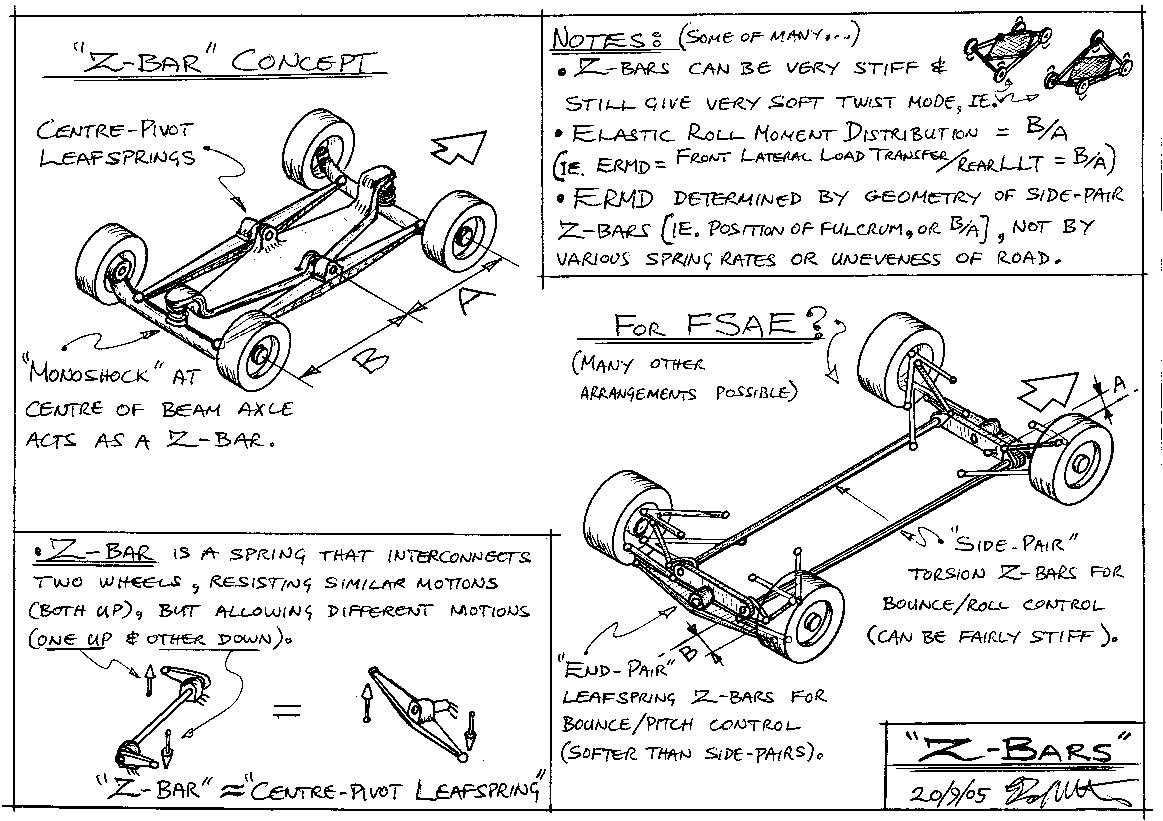5mm at the mid beam position is 10mm at the BJ, which over a 500mm beam is a change in angle of 1.14°, considering you initial angle of attack is probably not going to be much higher than 10° and probably more like 5°, that's a significant difference, also if you assume 5mm at the midpoint of the wing, for something that probably on starts with 20mm ground clearance that's also a fair bit of travel.
This also raises the question of how the 2 inches of travel are officially measured when put in question, I realize teams have run beams before so it shouldn't be a problem, but this is probably a slightly different setup, so I'd like to clear up exactly what the legal limitations are with someone who's done it before.
As a refresher here's the 2013 draft rule, don't think it's changed.
T6.1.1 The car must be equipped with a fully operational suspension system with shock absorbers, front and rear, with usable wheel travel of at least 50.8 mm (2 inches), 25.4 mm (1 inch) jounce and 25.4 mm (1 inch) rebound, with driver seated. The judges reserve the right to disqualify cars which do not represent a serious attempt at an operational suspension system or which demonstrate handling inappropriate for an autocross circuit.

|
|



 Reply With Quote
Reply With Quote
